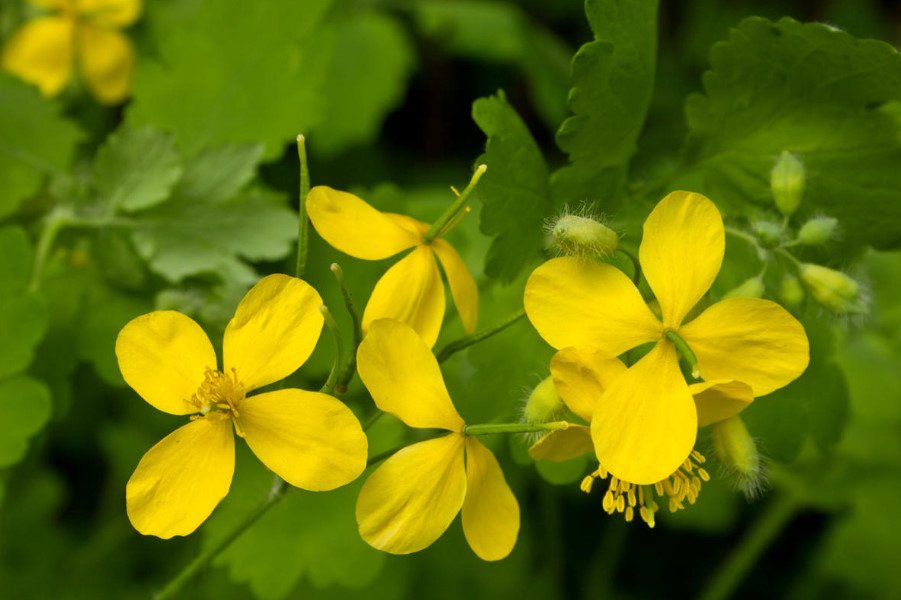
Traditional medicine has long used Chelidonium majus to remove warts and papillomas, remove dark spots from the skin, reduce calluses. But it’s not only interesting.
My celandine grows like a weed — I cut it off, and it will grow again, but already in the forest. But since he does not climb into the garden and does not particularly interfere with cultivated plants, I see no reason to expel him from my territory. After all, there are more benefits from celandine than inconveniences.
Botanical features
Chelidonium majus is a perennial herbaceous plant of the Papaveraceae family, the only representative of the genus Chelidonium. It has a short cylindrical rhizome and a thick branched taproot. The stem is branched, in favorable conditions it grows up to 80-110 cm (2.6-3.6 ft) in height. Bright yellow flowers consisting of 4 petals bloom on the tops of the stems in May-June. The flowers are arranged on long pedicels and are collected in small (from 4 to 8 flowers) umbellate inflorescences.
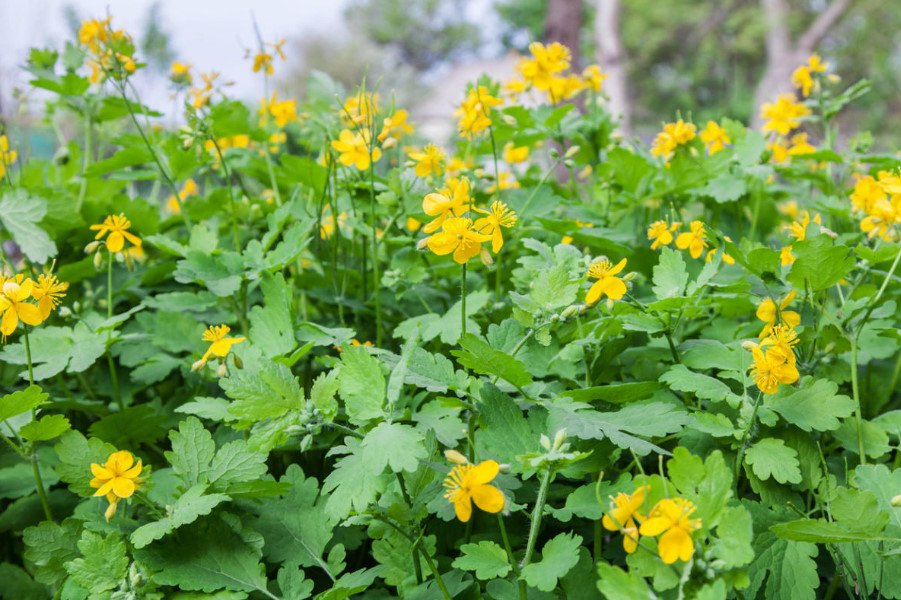
Celandine blooms for a very long time – all summer until September. A mown or broken plant grows quickly and blooms again, so it is almost impossible to get rid of it by mowing. But in fairness, I note that the thickets of flowering celandine are attractive in their own way.
In June, you can already see the fruits – long, pod-like, green boxes containing shiny black seeds. If you want to avoid the spread of celandine, do not allow the seeds to ripen. By the way, they are often spread by ants, whose seeds serve as food.
The sheets are thin — deeply penetrating, with large wide lobes, with a beautifully carved edge. The lower leaf is grayish-gray, the upper one is green.

A characteristic feature of celandine, thanks to which it is easy to recognize, is the bright orange juice that is released when any part of the plant is broken. When it gets on the skin, it stains it, leaving spots. It’s just this juice that reduces warts. The juice has a mild analgesic effect, so the procedure is practically painless (although it should be borne in mind that the individual reaction is different).
Celandine in folk medicine
The first thing you need to know and remember for everyone who wants to be treated with celandine: this plant is poisonous. With external use of juice (in case of overdose or hypersensitivity of the skin), irritation and even burns are possible; the use of celandine preparations inside can cause more serious consequences: the alkaloids contained in the plant can cause paralysis of the Central nervous system and heart failure.

In addition to juice, celandine grass is used in folk medicine, less often – roots. The grass is harvested during flowering, the roots are harvested in autumn.
The plant has a bactericidal, fungistatic (that is, slowing down, suppressing the growth of pathogenic fungi) and anti-inflammatory effect. Infusions and decoctions of celandine herb are an effective remedy for various skin diseases, trophic ulcers and long-term non-healing wounds. It is used in the form of lotions, used for washing and baths. A decoction of celandine can be added to the water for bathing children.
To prepare a decoction for 1.5 liters of water, you will need 4 tablespoons of chopped celandine grass. Pour water over the grass, bring to a boil, boil for 5 minutes under the lid. Remove from heat, insist for 8 hours, then strain. For external use!
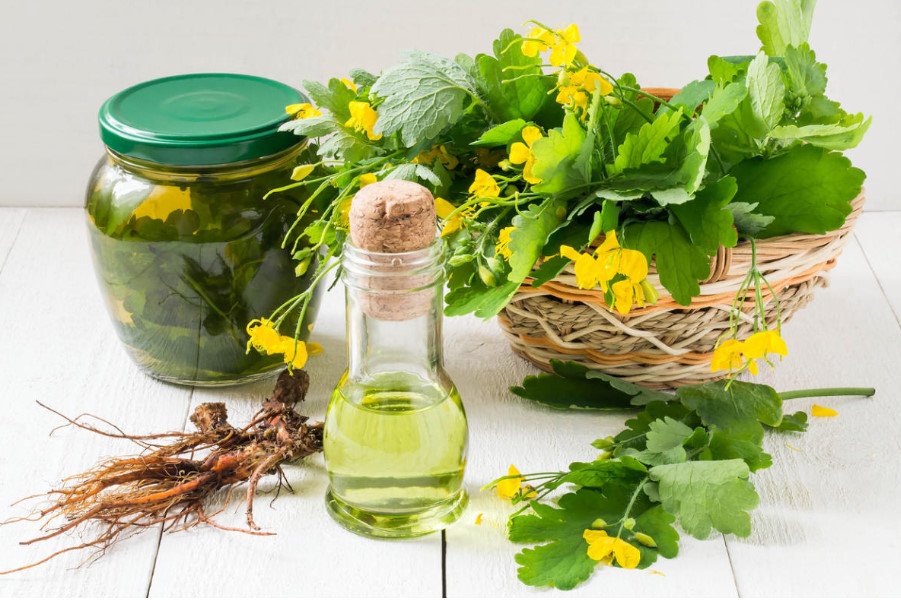
Celandine preparations also have a choleretic, antispasmodic, analgesic effect, so they are used in the treatment of chronic hepatitis, cholecystitis, cholelithiasis. Since the XIX century, attempts have been made to use celandine (juice, infusion, crushed grass) to treat cancer, but they are not always successful.
Modern science has not yet fully investigated the properties of this plant, but in many countries it is recognized by official medicine as a medicinal raw material. Celandine extracts are also successfully used in the production of cosmetics.
Celandine against pests
In a country house, this herb is very useful. Celandine is used as an insecticide — it can be used to control pests of garden and vegetable crops.

Suitable for both fresh and dried grass, which is harvested in the same way as medicinal raw materials — during flowering. Dried celandine is ground into powder, which is pollinated by planting to protect them from fleas (cruciferous, beetroot). Fumigation with celandine helps protect cabbage plants from honey plants and other butterflies.
From aphids, thrips, shields and other pests, spraying with celandine infusion is used, which is prepared according to the following recipe: 3-4 kg (6.6-8.8 lb) of fresh mass or 1 kg (2.2 lb) of dried grass is poured with 10 liters of water and infused for 24-36 hours.
And how do you feel about celandine? Do you expel it from your suburban area as a weed or use it as a useful plant?

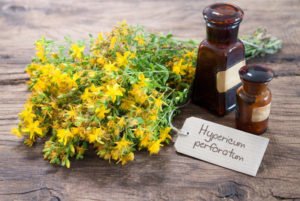
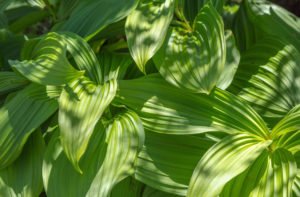
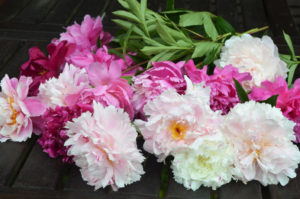
Leave a Reply